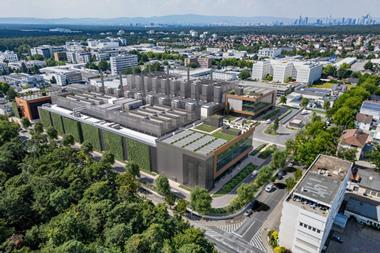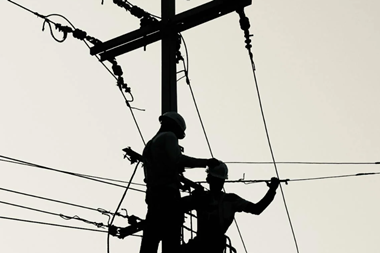INREV celebrated its 15-year anniversary at its annual conference this week. It was also the first to be held since Lonneke Löwik (who led INREV’s research and then professional standards between 2009 and 2014) returned last year to take the top job at the association.
It was an opportunity, as Löwik remarked on stage, to look back at what has changed and whether the organisation – and the European real estate industry it serves – was still for “fit for purpose”.
Held on the same day that Facebook’s CEO was testifying before US Congress, conversations at the annual general meeting – to which IPE Real Assets was not privy – apparently turned to the use of data and the need for real estate industry – which has long been reliant on spread sheets – to move with the digital times.
This year will also mark another more ominous anniversary: in September it will be 10 years since Lehman Brothers went bust and the global financial crisis commenced in earnest. Investors could be forgiven for thinking the market is overdue a comparable crisis.
And the topic of late-cycle investing – something that dominated conversations at MIPIM in March – was the overarching theme of the conference programme. It led to a lot of analogies involving clocks.
If midnight represented the turning point, where are the hands of the economy and real estate market right now? Opinions differed, but the consensus was somewhere between 9pm and 11pm.
Michael Heise, chief economist at Allianz, was quite precise in placing the world economy at 10.45pm, and he highlighted four forces that could “kill” the current upswing: protectionism, inflation/market correction, debt and geopolitics.
He was optimistic that the US and China would avoid a “trade war” and that a rise in protectionism would be “mild”. But he warned about creeping debt. “We are once again in a global credit cycle,” he said. “We are back up creating more and more credit… since 2011 this has been mostly private debt.”
But there were no signs of investors holding back from late-cycle investing. INREV released its latest capital raising survey – in conjunction with ANREV and NCREIF – which showed that 2017 had been a record year.
The finding was supported by a panel of major investors. Paul Mouchakkaa, managing investment director at the California Public Employees’ Retirement System (CalPERS), said the $352bn (€286bn) pension fund was under-allocated to real estate despite having $32bn of equity invested in the asset class.
Fellow panellist Dennis Lopez, who became CEO of QuadReal Property Group last year, said the recently established subsidiary of British Columbia Investment Management Corporation had plans to grow significantly.
QuadReal manages CAD24.5bn (€15.8bn) of the Canadian pension fund’s CAD133bn in total assets. “The goal is to increase the allocation to real estate to 50 billion and most of that will be international,” Lopez said.
Chung Keun Kim, senior director at Korea Investment Corporation, said real estate investments were “just shy of 10 billion”, suggesting the $150bn sovereign wealth fund was below its 8-10% target to real estate.
Meanwhile, Michael Bruhn, real estate director at PFA Pension, said the Danish pension fund had plans to add to its €7.4bn real estate portfolio with core-plus and value-added investments.
While it was clear that a US trade war with China – or any of the other three key risks highlighted by Heise – could bring an end to the current cycle, rising political risk was not a reason to stop investing.
“It’s difficult to ignore and just as difficult to underwrite,” said Mouchakkaa. “If you try to price political risk,” he said, “usually it’s binary”. For this reason CalPERS focuses on markets with good rule of law.
Bruhn was similarly wary of attaching too much weight to the latest headlines, recalling that the biggest concern used to be the prospect of Greece leaving the eurozone.
“These are blips on the way. We are more concerned about megatrends,” he said. “That is more important than what Donald Trump tweets tomorrow.”


















